Every retaining wall requires proper construction and support to function effectively. But is a French drain necessary?
Incorporating a French drain might be essential if your basement or yard is consistently soggy.
The French drain facilitates a downhill path to flow naturally, preventing water accumulation in your yard.
In addition to considering a French drain, it’s important to understand the role of weep holes in retaining walls.
These small openings help manage water within the wall structure, preventing pressure buildup and structural damage.
To learn more about how weep holes contribute to the longevity and effectiveness of retaining walls, continue reading.
Let’s get back to knowing the purpose of the French drain!
Purpose and Requirement of French Drain
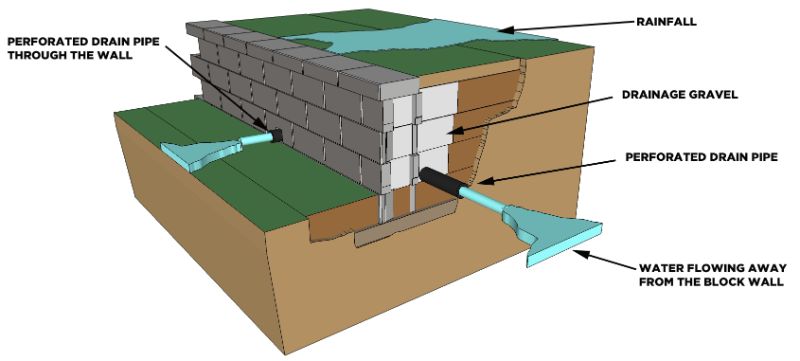
French Drain is the name given to the drain. The French country does not inspire it.
So, a French drain creates a channel that allows the water to flow easily from the higher to the lower side.
A French drain is usually made of a gravel-filled trench.
The water around the retaining wall freely travels through this gravel trench and then through the pipe connected at the bottom.
Depending on where you are using the retaining wall and the French drain behind it, this draining water is diverted to several other regions, where they can soak the water by balancing the natural equation, like storing it or soaking it if the soil is dry enough on the receiving side.
So, there are certain factors you have to look for regarding water collection and how safe your property is because of that water collection effect.
Here are some reasons why and when you need a French drain.
French Drain for Soggy Yard and Lawn
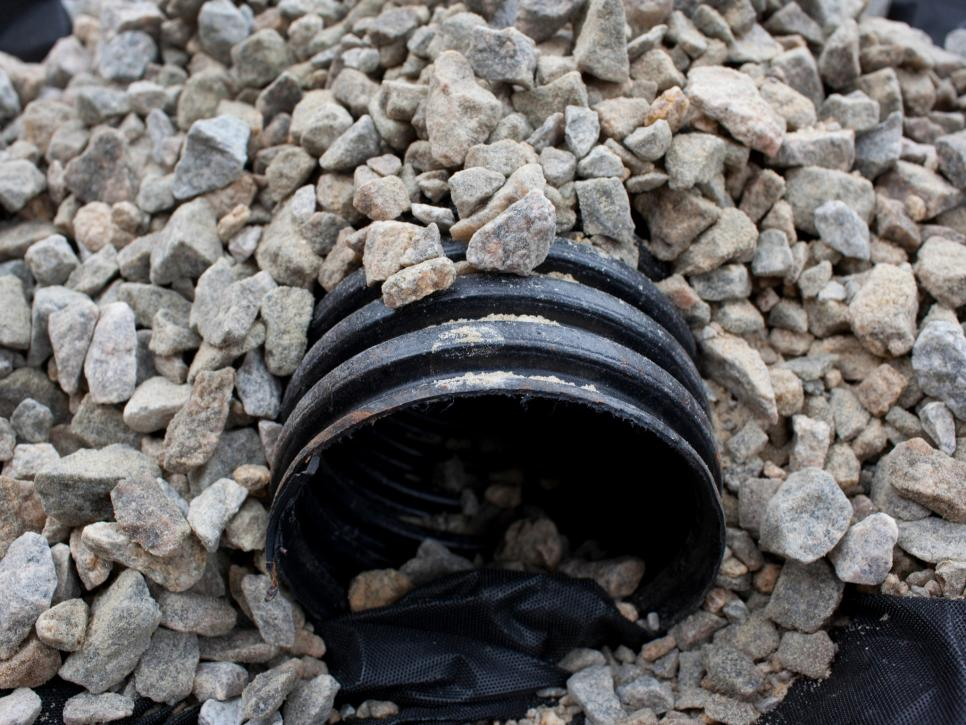
If frequent rainfall in your area leads to surface-level water issues, a French drain is important for your retaining wall or property.
The heavy water that collects and stands at ground level makes your yard soggy or dumps, and the solution is to use the French drain to let it out behind your retaining wall.
A Shallow French Drain will be helpful for you in this case.
The shallow French drain is generally two feet deep and approximately one and a half feet wide, usually extending horizontally from the retaining wall or your property to the outside downward region for water drainage.
The shallow French drain costs around ten to fifty dollars per linear foot, depending on the type of French drain you are creating, perforated or solid.
French Drain for Sloppy or Hill Side Retaining Wall
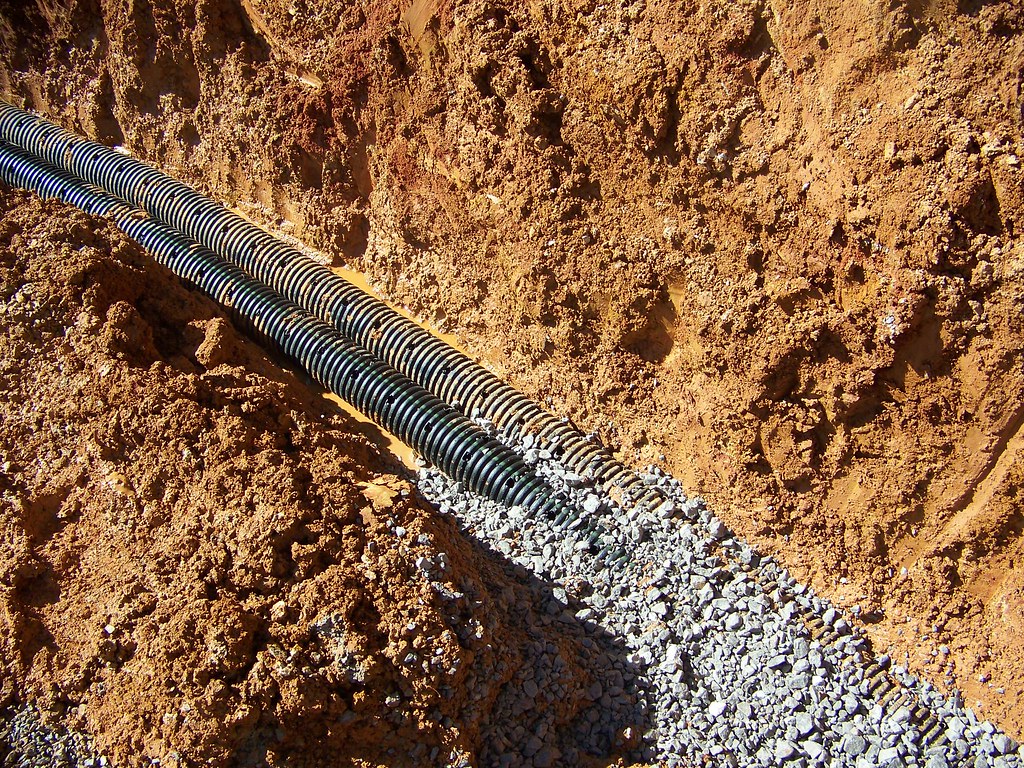
If you are living in sloppy or hilly areas, a French drain is a must for you. Add the French drain behind the retaining wall or the first course of blocks stacked together as a retaining wall alternative.
In this case, the French drain is important to save your property and retaining wall from damage.
Water that collects around the retaining wall builds up hydraulic pressure, damaging the retaining wall and other nearby property.
For the hillside retaining walls, create a French drain pipeline with the yard or slope level in the compacted gravel base.
To ensure security, you can cover it with a concrete footage path that will also support the retaining wall.
While adding the pipe and drain gravel, wrap the landscape cloth across the drain to avoid clogging with the clit.
The French drain build-up for the sloppy or hillside retaining walls is around twenty dollars per cubic foot.
French Drain for Water Seeping in Foundation
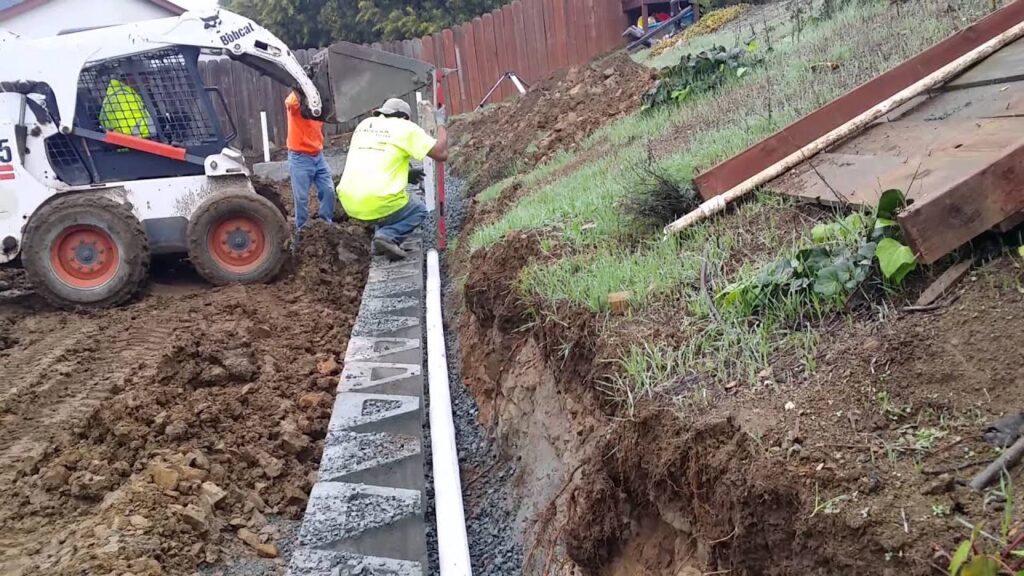
If water after heavy or frequent rainfall starts seeping into the foundation of your property or filling your basement, you need the French drain.
This issue is concerning because if the foundation gets damaged, your whole property or building will be at risk, or it can collapse before you realize what is happening.
So, in this case, you need to install the Deep French Drain.
If the property area is not sloppy enough for your French drain construction or installation, use the connected pipes that can collect water from and around the property foundation and leave it to the sump pump, further sending it to the storm drain system.
The Deep French Drain will cost you somewhere around 2000 dollars to 10000 dollars.
French Drain for Water Collection in Basement
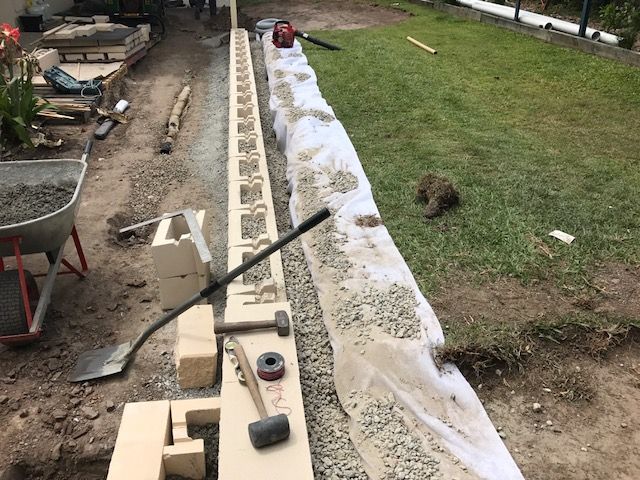
When the frequent rainwater starts collecting in your basement, it will also affect the foundation on a greater level and have similar effects as explained above.
Apart from the property damage issues, the water that starts collecting in the foundation will become the breeding ground for the bacteria and microorganisms that lead to health issues or diseases, which is a concerning task.
So, if water gets into your basement or sleeps in the foundation, you need the Interior French Drain.
If you want to install the Interior French Drain, it will cost you around 5000 dollars.
Final Thoughts
Every French drain makes water drainage easier for the retaining walls by offering a freely flowing path supported by natural phenomena.
Using the French drain, especially in low-lying areas like the basement of sloppy surfaces or living zones, can help drain the water to dry wells or lower areas that will soak it instead of making your yard soggy and dumping it.
This post discussed crucial aspects of the French drain and whether it is necessary for your retaining walls.
If you want more ways to add value to your lifestyle and maintenance experience, sign up and receive our best tips and strategies in your inbox.

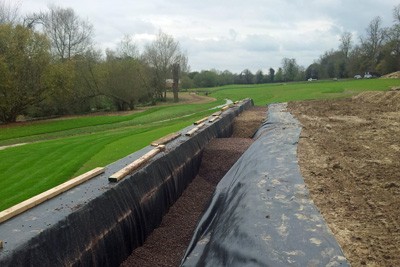
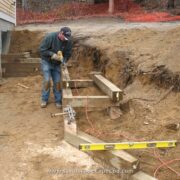
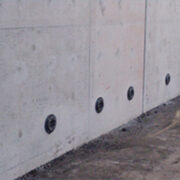
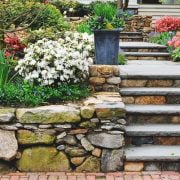
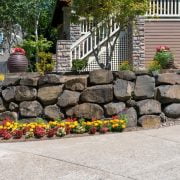
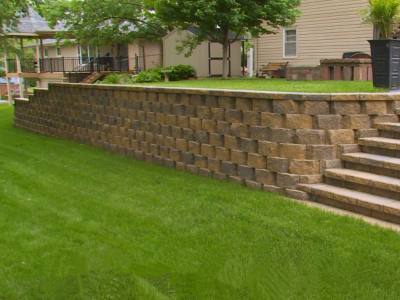
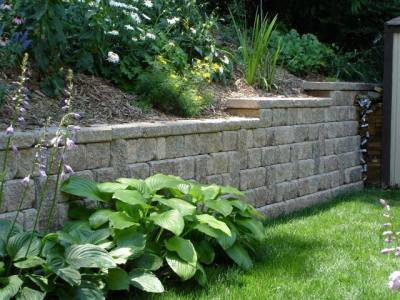
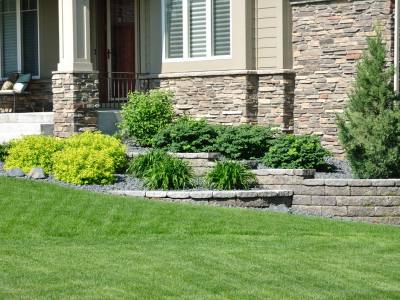
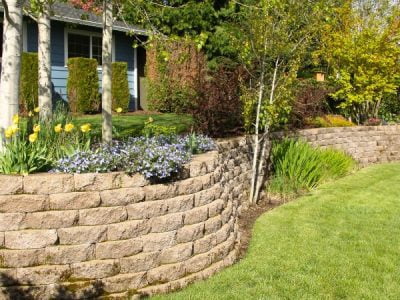
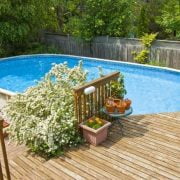
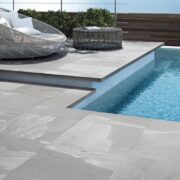


Comments